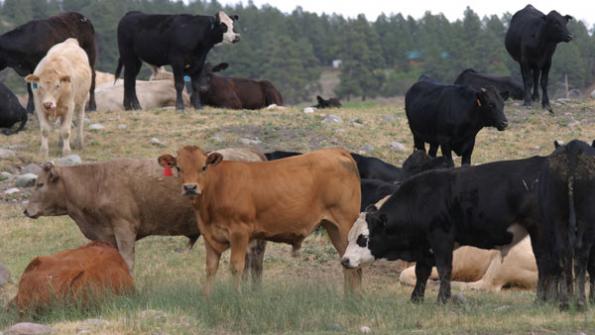September 24, 2012

Value-of-gain projections that account for future change in the marketplace offer a clearer picture of current opportunity, says Glynn Tonsor, Kansas State University (KSU) ag economist, in a recent issue of In the Cattle Markets.
Some folks figure the value of gain – which is the gross expected sale price, minus gross purchase price, divided by the pounds of gain – based on current prices for both the buy and the sell.
BEEF Stocker Tips: Value Of Gain Favors Heavier Start Weights
“While this naïve approach is simple to understand, it assumes what we are observing today will hold for some point in the future,” Tonsor says. “Alternative approaches may utilize information from the feeder cattle futures market combined with basis forecasts. These forward-looking approaches are more consistent conceptually with the inherent change in market timings associated with the biological process of adding weight and selling an animal at a future date.”
Tonsor and fellow KSU ag economist Kevin Dhuyvetter recently compared the accuracy of the two approaches and provide details in a KSU factsheet.
“We examined the case of buying a 550-lb. steer in the current month and selling it at 750 lbs. three months later using the Salina, KS, market for appraisal,” Tonsor explains. “Using an evaluation period of January 2007 to July 2012, we found the naïve approach to perform worse (be less accurate) than forward-looking approaches. The main implication of this for cattle producers is to not simply use information solely from the current cash marketplace as a projection for value of gain in the future. This suggestion is further supported by recognition of futures market and basis information being readily available online enabling replications of this exercise for alternative markets and situations…”
About the Author(s)
You May Also Like





